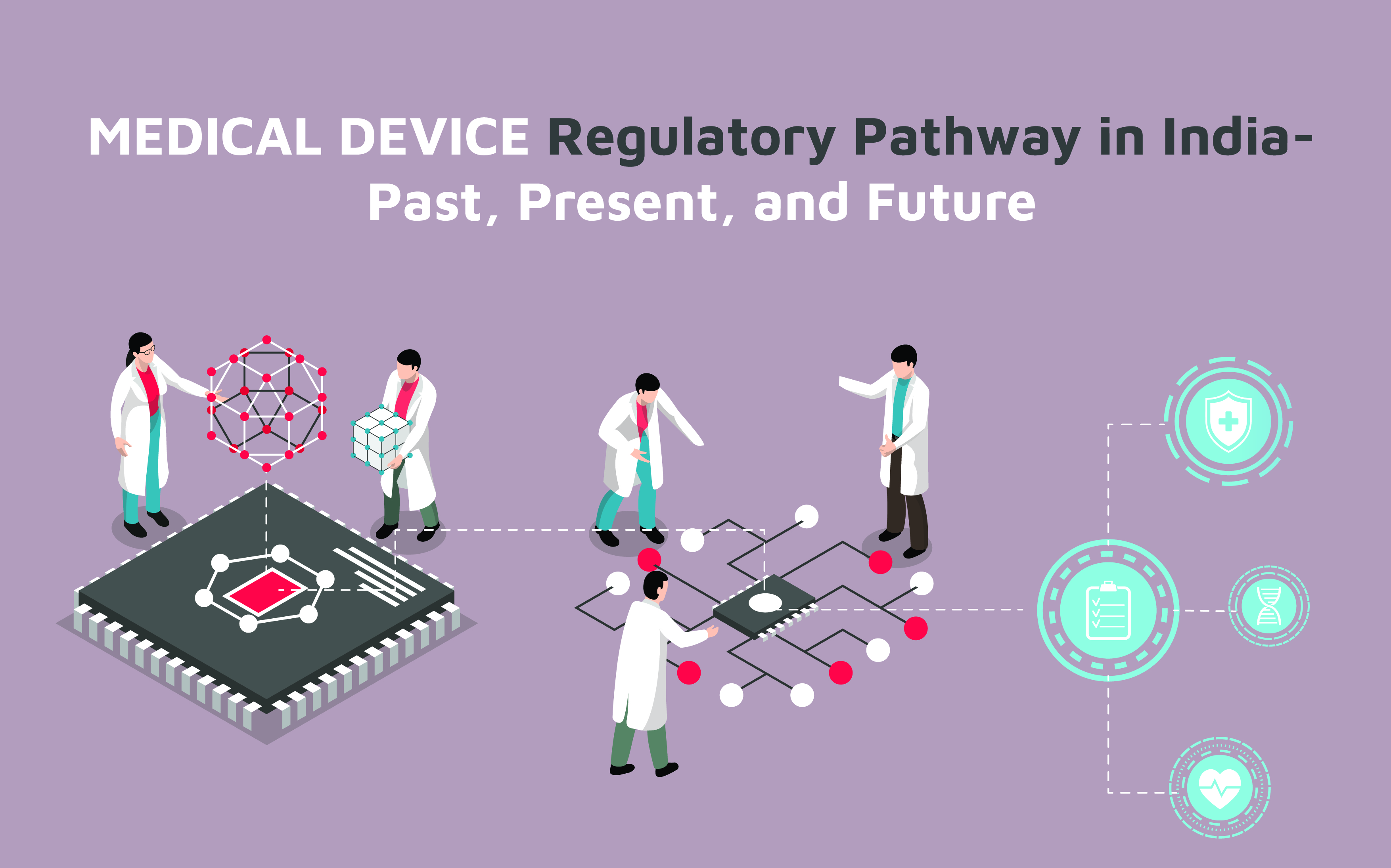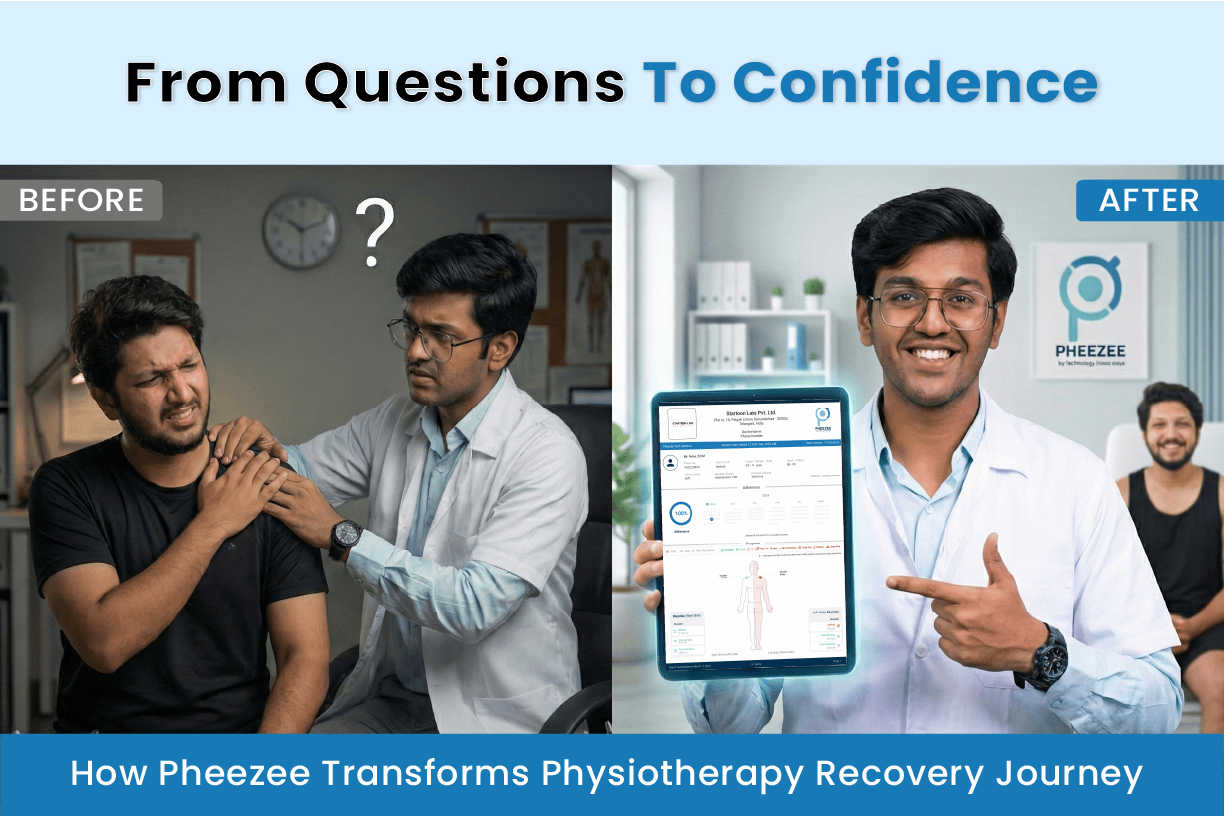Medical device Regulatory Pathway in India — Past, Present, and Future

The Indian medical device sector is one of the fastest expanding in the world, ranking among the top 20 markets worldwide. Because nearly 80% of India’s medical device demands are fulfilled by imports, a strong medical device regulatory regime is critical. The CDSCO (Central Drugs Standard Control Organisation), an Indian regulatory agency, makes a concerted effort to enhance its standards to deliver safe and effective medical devices to the market. Under the MDR 2020, a recent amendment to the Medical Device Rules (MDR) 2017, the CDSCO now mandates all devices imported and placed in the Indian market to be mandatorily listed by October 2021, with registration to follow in the future years.
Medical device regulations in India gradually evolved over the period from medical devices being considered as drugs to having standalone regulations, defined under The Medical Device Rules, 2017. Currently, only 38 device categories called the notified devices are regulated and are required to follow the registration process to be able to sell in the Indian market. In February 2020, the amendment, MDR 2020 requires all the devices to be mandatorily listed and all foreign manufacturers to appoint an Indian Authorized Agent (IAA).
Regulatory Environment
The medical devices industry in India not only offers opportunities by its size, but the regulatory environment is also favorable to set up a manufacturing unit in this field. In 2017, the government implemented ‘The Medical Device Rules, 2017’ (MDR) and overhauled the regulatory framework for the medical devices sector to bring it at par with international norms. The govt. introduced the concept of ‘risk-based’ regulation and issued regulatory licenses to import, manufacture, or sell medical devices. This has significantly reduced the effort and time on unnecessary and time-consuming paperwork.
Though the govt. is simplifying regulations for medical devices, the slow pace is a concern for the industry. By 2021, only 29 medical devices would be under the purview of MDR, while there are over 1,700 types of medical devices in the global market.
Opportunities in the Indian market
India relies on imports to supply its healthcare system with medical technology. The medical tourism and luxury healthcare markets are among India’s fastest-growing industries, which create significant demand for specialized, high-tech medical equipment. There is consistent demand for surgical instruments, cancer diagnostics, orthopedic and prosthetic equipment, imaging, orthodontic and dental implants, and electromedical equipment.
Key Challenges
The key challenges mentioned by healthcare companies in manufacturing medical devices in India include lack of adequate infrastructure and logistics, concentrated supply chains, and high cost of finance.
Medical device regulation in India only applies to certain product categories. However, India’s underdeveloped regulatory framework is a significant obstacle for foreign manufacturers of regulated device types. The weak rupee makes it difficult for some medical device companies to remain profitable in this market, particularly for manufacturers competing with low-cost Chinese products. Also, foreign manufacturers will encounter significant competition from American, European, and Japanese companies.
While the government is trying to simplify regulations and paperwork, the landscape is still complex; marked by the presence of many high-level government bodies at the state and central levels. Also, India’s per capita expenditure on health is among the lowest in the world.
The government’s focus on self-reliance is appreciative but the changes need sustained financial as well as policy support from the government. However, the recent announcement of awarding production-linked incentives for domestic manufacturing, which is slated to provide financing to the tune of US$425 million, and an additional US$52 million infrastructure financing in medical parks are expected to boost domestic production in the Indian medical device industry.
The Way Forward
While there are numerous prospects in the medical device sector, India must continue to work to establish an attractive climate for domestic medical device production to position itself strongly in the post-pandemic world. Re-strategizing a long-term path to promote this business would be critical for India. The primary priority should be to improve the Indian medical device sector’s competency by skilling, upskilling, and reskilling in line with medical and technology improvements. The second goal should be to increase access and opportunity for both the demand and supply sides of the medical device sector through joint policy support.
Even though the government has made various steps and policy measures to help the medical device industry, there is still an opportunity for growth. For the most effective use of resources and scalability, an ecosystem of essential players, comprising stalwarts from the medical device sector, government, and academia, is required. Finally, as a major foundation of the medical device manufacturing ecosystem, the roadmap should emphasize innovation and research, and development.
The government should continue to cooperate with the private sector, investors, and academics to draw out essential incentives and supportive action in the post-COVID era to sustain innovation and promote the medical device business.
COVID-19, it was noted, posed financial issues for buyers and suppliers, and as a result, a stable funding source to foster an innovative ecosystem will need to be prioritized.
At present, the medical devices industry is at a nascent stage, which can be accelerated by creating an efficient ecosystem, developing skills, and supporting ease of doing business and growth enablers. These goals can be achieved through introducing regulatory and policy reforms, fostering research & innovation, offering funding opportunities, and facilitating testing and certification to scale up manufacturing.
India will emerge as a trusted partner for the world for medical devices and is poised for exponential growth through a futuristic and collaborative approach.



Be the first to comment on this post